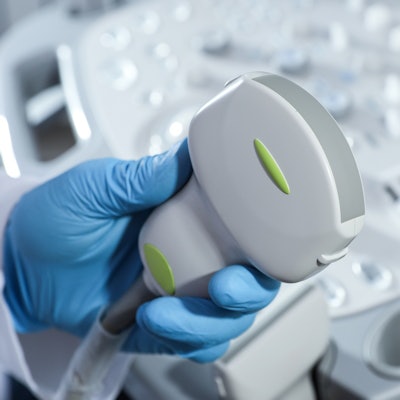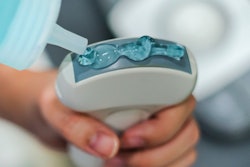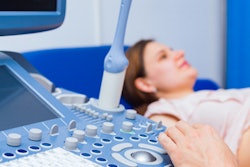
Infection prevention and control measures for ultrasound must be implemented to avoid contamination, and this includes rules on hand hygiene, decontamination of all external parts of machines, and regular deep cleaning of the entire ultrasound room's surfaces and ancillary equipment, according to a new European Society of Radiology (ESR) position statement.
"Contamination of ultrasound transducers is undeniably omnipresent. The risk of cross-infection secondary to ultrasound equipment has never been assessed by systematic research and the estimated actual risk is debated," the authors noted in the document, published on 11 November by Insights into Imaging. "Only a very limited number of adverse events have been published, but this should not be reassuring."
National guidelines on decontamination procedures vary throughout Europe, and the ESR ultrasound subcommittee found wide variations in practice throughout Europe. Therefore, it has developed a set of best practice recommendations.
"With the increasing use of smartphones by all members of staff, and marketing of the new "smart" ultrasound transducers that can be plugged into "phones," no longer needing an independent ultrasound machine, it is essential to include decontamination of mobile phones or guidance on use restriction," the authors wrote. "Publications confirm worrying levels of phone contamination."
The ESR's 10 key infection prevention recommendations are as follows:
- Practitioner's hands and ultrasound transducers used must be cleaned and disinfected before the first and after every subsequent patient contact. Should ultrasound gel or other dirt remain on the transducers, a disinfection agent cannot penetrate, so decontamination is incomplete; viable pathogens can persist in these circumstances.
- It is not acceptable to simply wipe off ultrasound gel between patients; practitioners cannot determine which "normal" microscopic flora patients may carry, which may pose a threat to the subsequent patient or which more virulent pathogens may be present on the patient's skin. Accurate risk assessment of patients is difficult.
- Ultrasound transducer cables and keyboards/touchscreens of ultrasound machines should be very regularly fully decontaminated.
- Ultrasound gel bottles should not be kept open and upside down, in particular not in ultrasound bottle warmers. Pathogens may be present once the tip accidentally touches the patient or other surfaces, and warmers may act as incubators. Single-use bottles are preferable to refillable bottles.
- Should routine patients present with wounds or other skin pathology (any non-intact skin surface), ultrasound transducer covers are to be used with sterile gel inside and outside the cover as sheath micro-perforations cannot be excluded. This reduces potential infection transmission to the patient scanned as well as reducing transducer contamination, facilitating successful disinfection. All ultrasound transducers must be fully decontaminated after every patient contact.
- Low risk setting: After a routine ultrasound examination on intact skin, ultrasound transducer cleaning with subsequent low-level disinfection is sufficient.
- Intermediate to high risk setting: Following endocavity ultrasound examinations as well as after any interventional procedures (including ultrasound guided injections), high level disinfection is mandatory.
- All biopsy needles should be strictly single-use and reusable needle guides should be avoided, as the thin bore is often not fully decontaminated.
- Single-use dedicated certified transducer covers must be used for endocavity ultrasound and all interventions.
- Sterile gel inside and outside transducer covers should be used for endocavity examinations and all interventions.
These recommendations need to be adapted to the clinical setting and should be reviewed regularly, according to the authors.
"Continuous staff training and quality assurance are essential. An initial investment and increasing ongoing consumable costs are likely to be necessary; cost implications therefore need to be considered but must not compromise patient safety," they stated.



















